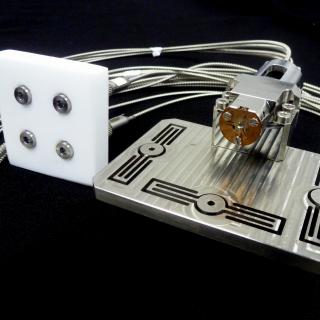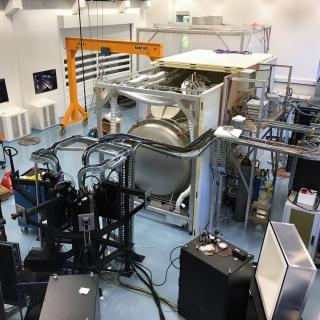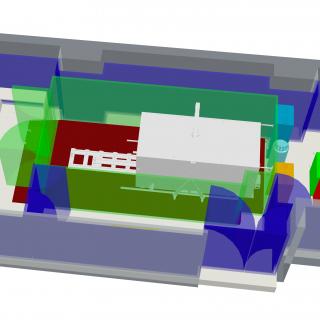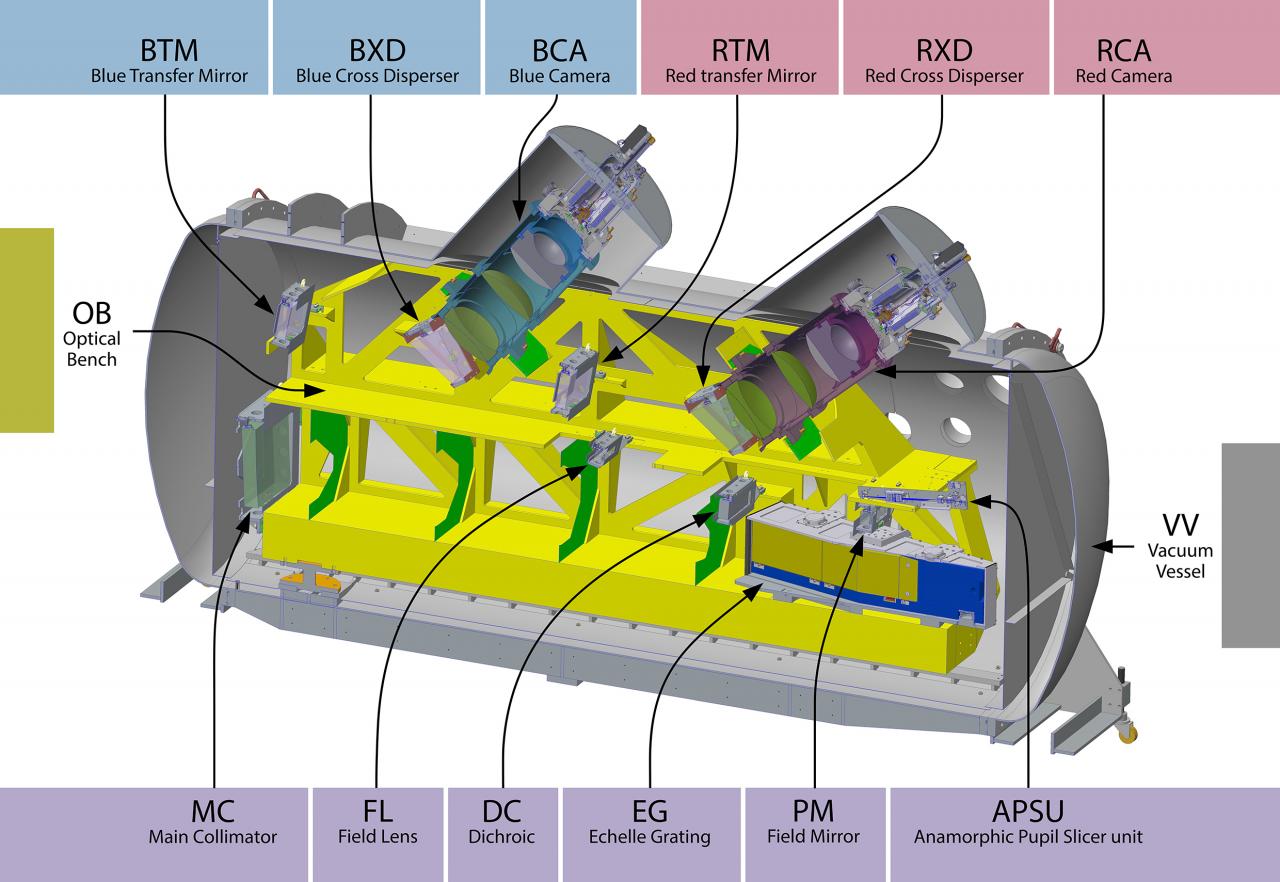General
ARES (Alta Resolución ESpectral) es un proyecto coordinado que pretende unificar y consolidar el esfuerzo del IAC en la investigación de alta resolución espectral. El objetivo es impulsar programas científicos frontera que el IAC desarrolla en el ámbito de la búsqueda y caracterización de exoplanetas terrestres, en evolución de las poblaciones estelares de nuestra Galaxia y en el ámbito de la cosmología y física fundamental usando espectroscopía ultraestable de alta resolución. ARES incorpora acciones específicas de gran impacto en el diseño y desarrollo de instrumentación de nueva generación para instalaciones telescópicas en el Observatorio Europeo Austral (ESO), el Observatorio del Roque de Los Muchachos, y el observatorio de Calar Alto: ESPRESSO@8.2m-VLT, HORuS@10.4m-GTC, HARPS3@2.5m-INT, NIRPS@3.6m-ESO, ANDES@39m-E-ELT, CARMENES@3.5m-CalarAlto, y HRS@10.4m-GTC. El proyecto ARES permitirá realizar aportaciones técnicas y acceder a una explotación científica garantizada en : (a) ESPRESSO: permitirá, entre otros casos científicos, la detección y caracterización de planetas de tipo terrestre en zona habitable alrededor de estrellas de tipo GKM cercanas del hemisferio sur. (b) HORuS: caracterizará la química de las estrellas más primitivas de la Vía Láctea. . (c) NIRPS: será particularmente eficiente en la detección y caracterización de planetas de baja masa en órbita alrededor de estrellas más frías de tipo M en el hemisferio sur. El IAC está desarrollando el diseño del haz de fibras. (d) HARPS3: se concentrará en sistemas estrella-planeta análogos al sistema Sol-Tierra. El IAC está llevando a cabo el diseño de las habitaciones de aislamiento térmico del espectrógrafo. (e) ANDES: estudiará, entre otros casos científicos, las atmósferas de exoplanetas desde Neptunos a Tierras, incluyendo aquellos en zona habitable, con el objetivo de detectar señales de vida en planetas rocosos. El IAC participa en la fase A del diseño del brazo visible de este espectrógrafo y en el haz de fibras del instrumento. (f) CARMENES: buscará planetas de baja masa orbitando estrellas de tipo M del hemisferio norte, con el objetivo de encontrar planetas de tipo terrestre en zona de habitabilidad. (g) HRS: seguimiento del desarrollo del espectrógrafo de alta resolución y estabilidad para el telescopio GTC previsto para los próximos años.
Miembros
Actividad científica
Publicaciones relacionadas







